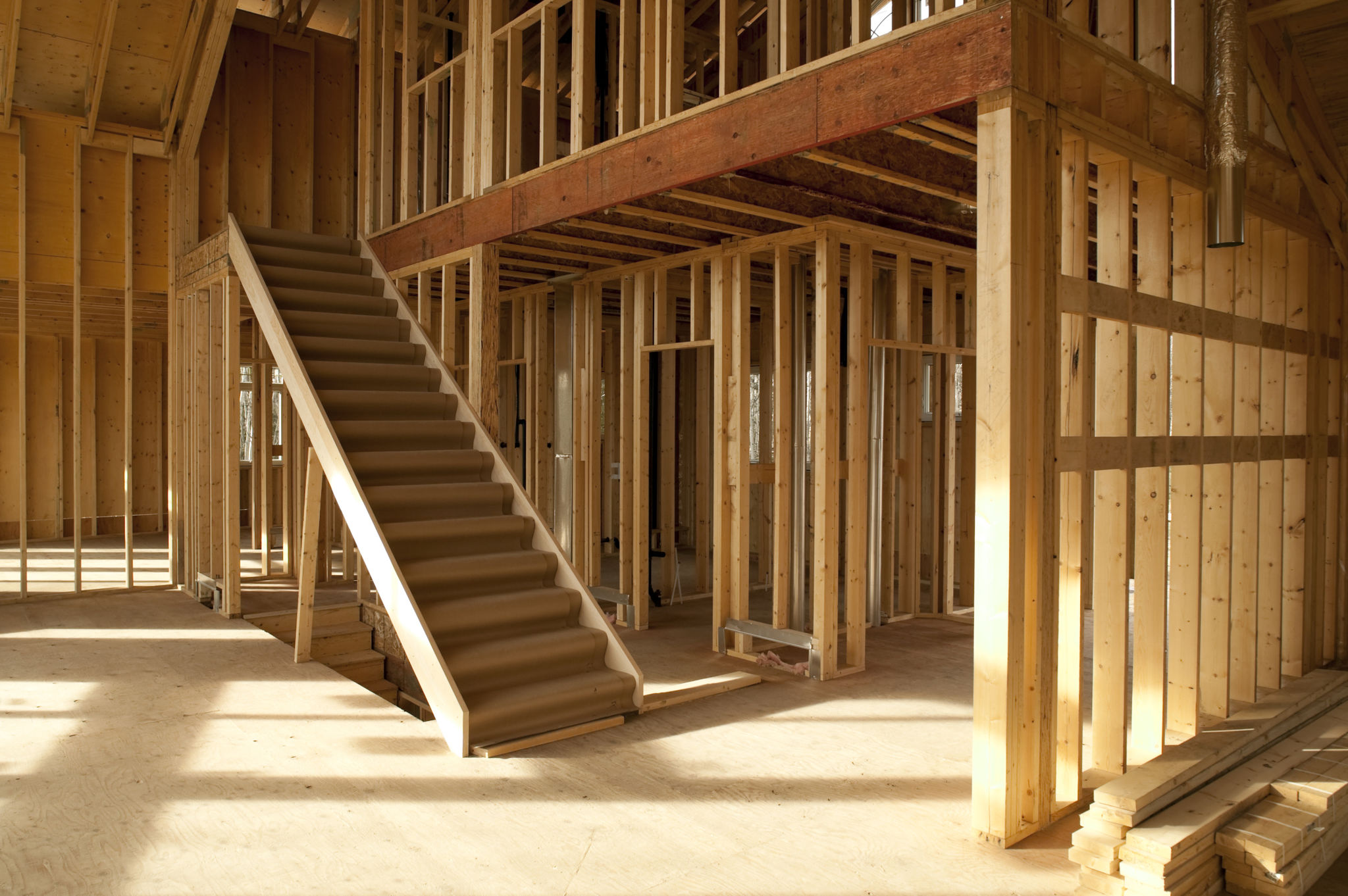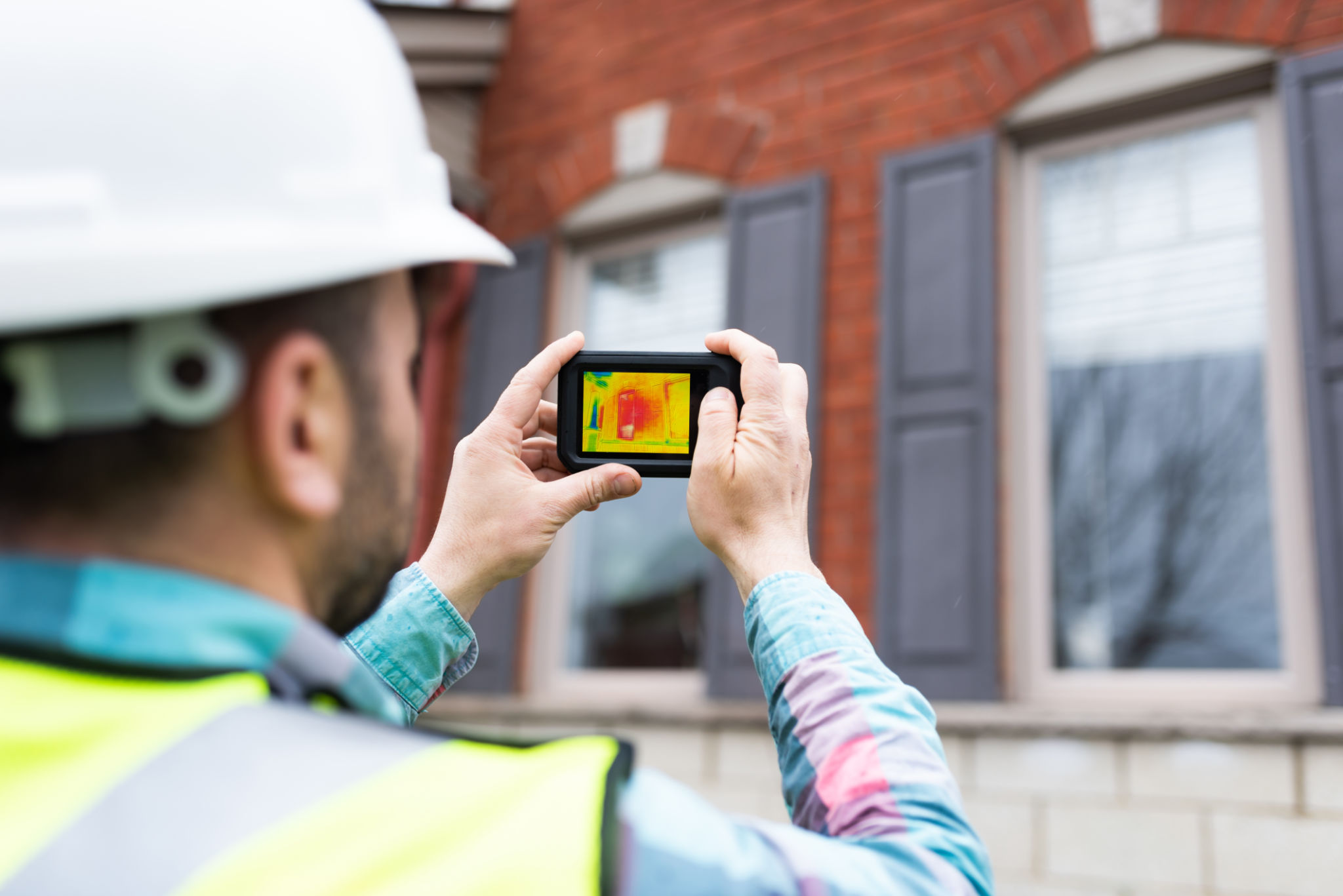Myth-Busting: Common Misconceptions About Timber Frame Houses
Introduction to Timber Frame Houses
Timber frame houses have been around for centuries, yet many people still harbor misconceptions about these beautiful and sustainable structures. Despite their rich history and numerous advantages, some myths persist that may deter potential homeowners from considering this building style. In this post, we will debunk some of the most common misconceptions about timber frame houses.

Myth 1: Timber Frame Houses Are Not Durable
One of the most prevalent myths is that timber frame houses are not as durable as those made from other materials like brick or concrete. This misconception likely stems from the idea that wood is a weaker material. However, timber frame houses are known for their strength and longevity. With proper maintenance, a timber frame house can last for hundreds of years, as evidenced by many historic buildings still standing today.
The key to the durability of timber frame houses lies in the quality of the materials used and the expertise of the craftsmen. Modern engineering techniques also ensure that these structures can withstand various environmental factors, including strong winds and earthquakes.
Myth 2: Timber Frame Houses Are a Fire Hazard
Another common concern is that timber frame houses are more susceptible to fire than other types of buildings. While it is true that wood is a combustible material, timber frame construction offers some surprising fire resistance. The large wooden beams used in these houses char on the outside when exposed to fire, which actually helps insulate the interior structure and slows down the spread of flames.

Moreover, modern fireproofing techniques and materials can be incorporated into the design to further enhance safety. Fire-retardant treatments and sprinkler systems are just a couple of options available to protect timber frame homes from fire risks.
Myth 3: Timber Frame Houses Are Not Energy Efficient
Many people believe that timber frame houses cannot provide the same level of insulation and energy efficiency as other construction methods. However, this is far from the truth. Timber frame houses are actually known for their excellent thermal performance. The design allows for thick layers of insulation to be added between the structural elements, creating a highly efficient thermal envelope.
- Use of high-quality insulation materials
- Efficient air sealing techniques
- Potential for passive solar design

These features can significantly reduce energy consumption, leading to lower heating and cooling costs over the life of the home.
Myth 4: Timber Frame Houses Lack Design Flexibility
A misconception about timber frame houses is that they offer limited design options. In reality, timber frame construction is incredibly versatile and can accommodate a wide range of architectural styles and personal preferences. From rustic cabins to modern homes, timber frames can be adapted to suit almost any aesthetic.
The open-plan nature of timber frame construction allows for large, open spaces with fewer load-bearing walls. This flexibility enables homeowners to customize their interiors extensively, creating unique and personalized living environments.
Conclusion: Embracing Timber Frame Construction
In conclusion, timber frame houses offer numerous benefits that are often overshadowed by persistent myths. By understanding the realities of this construction method, potential homeowners can make informed decisions when considering timber frames for their next building project. With their durability, energy efficiency, safety features, and design flexibility, timber frame houses remain a compelling option in today's housing market.

